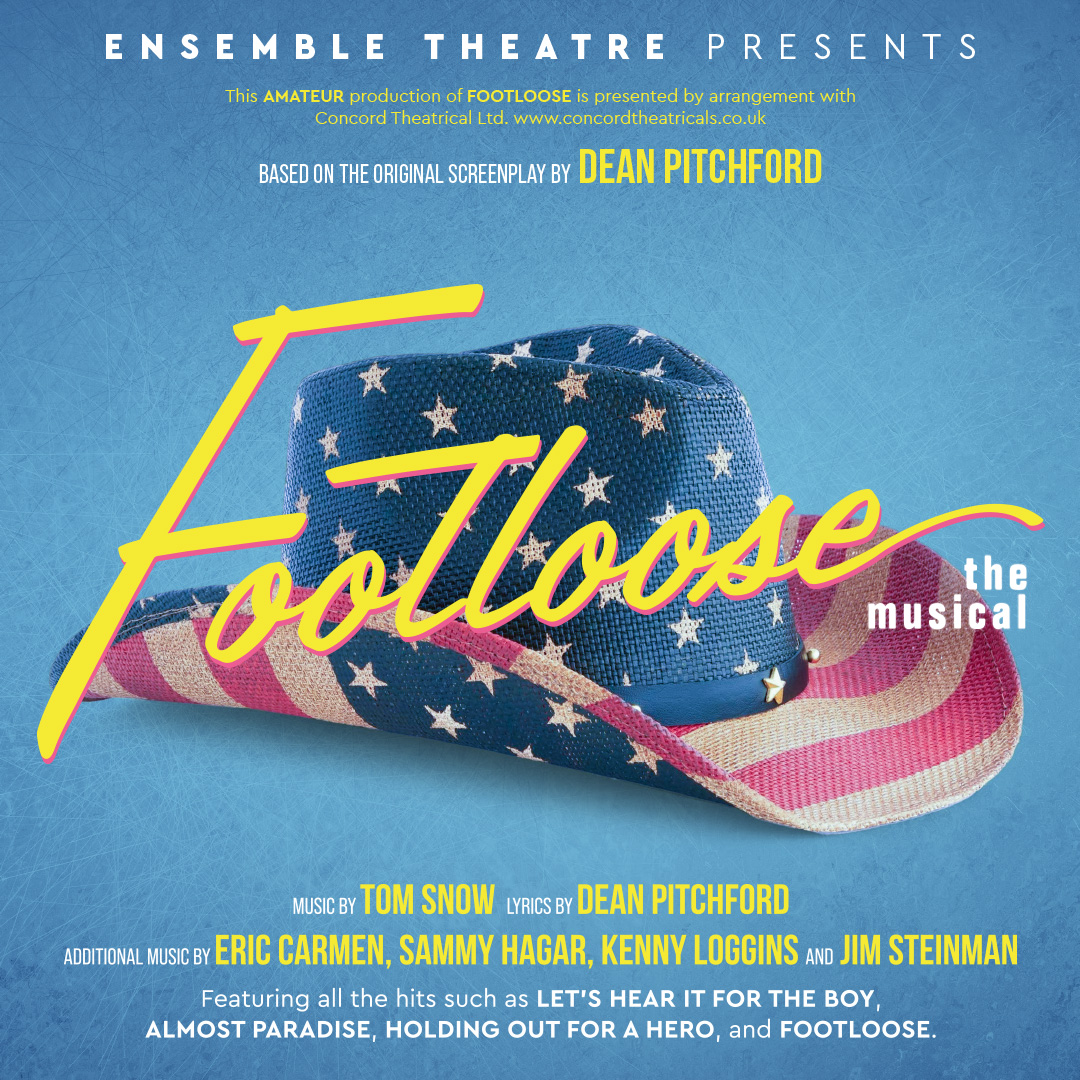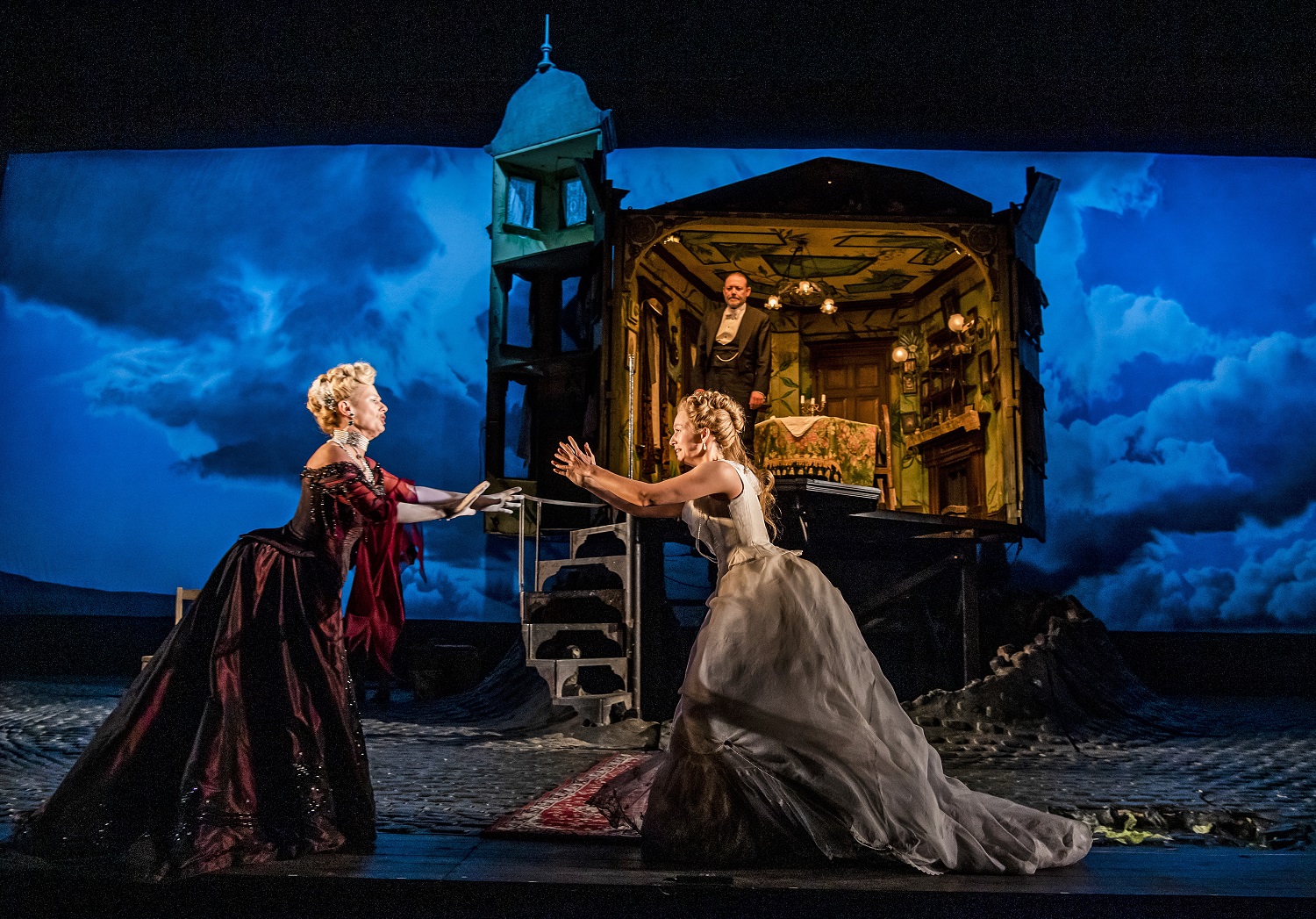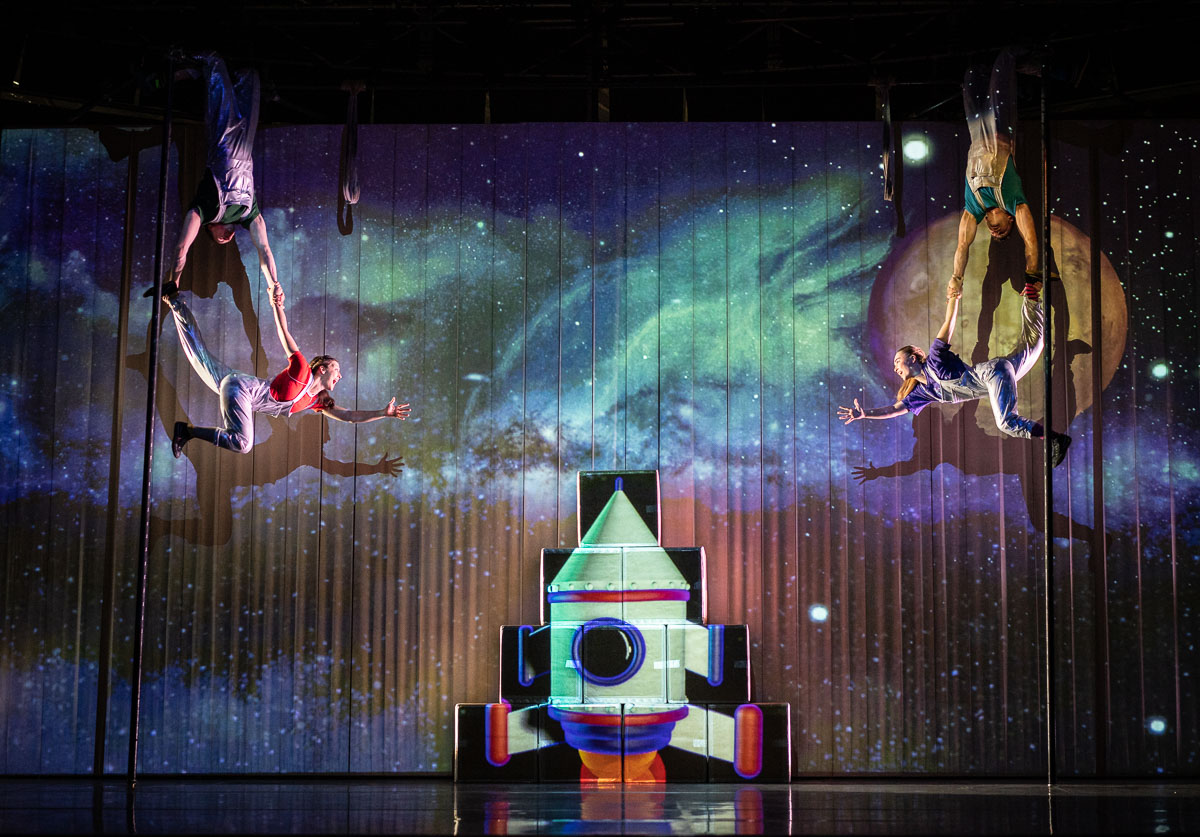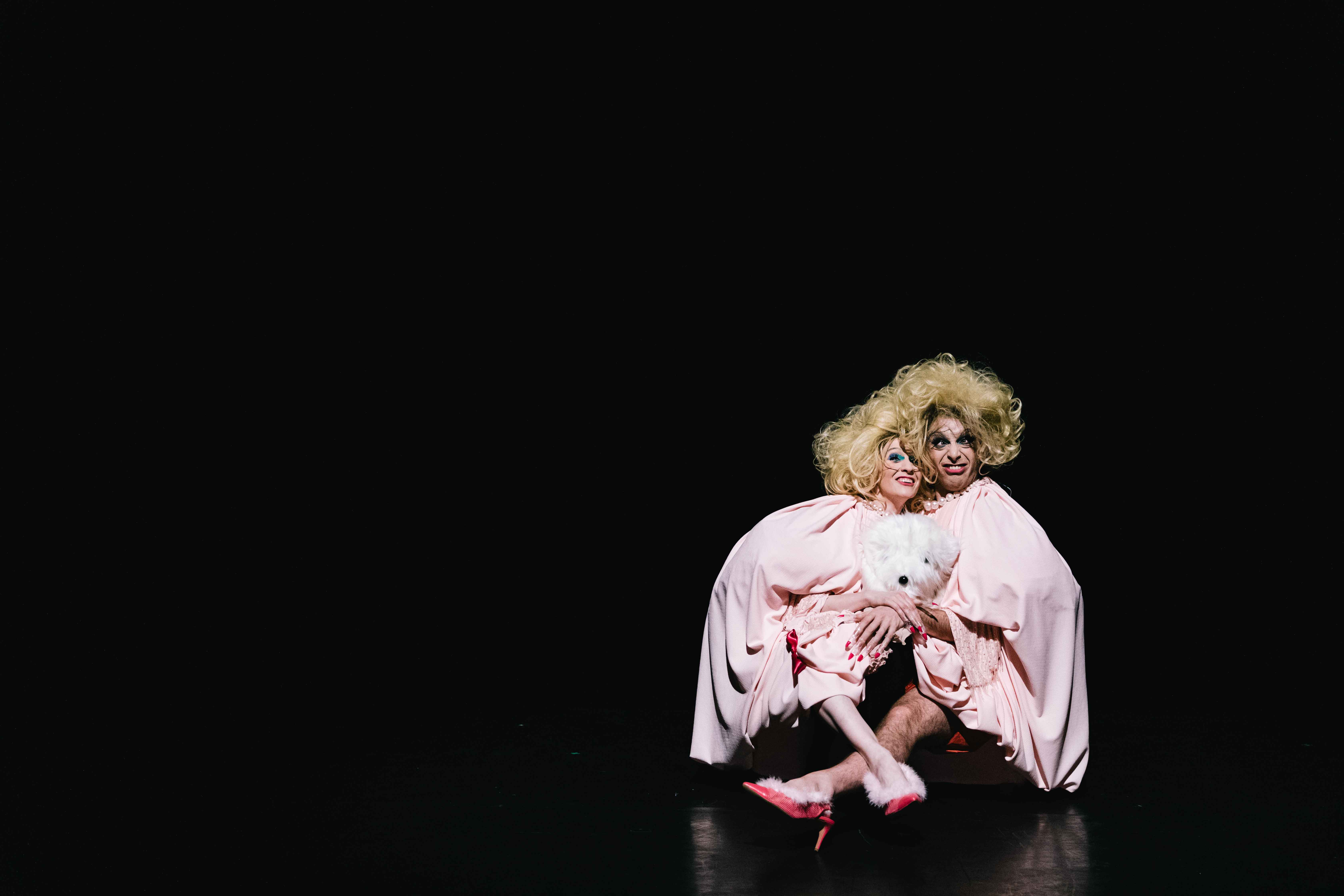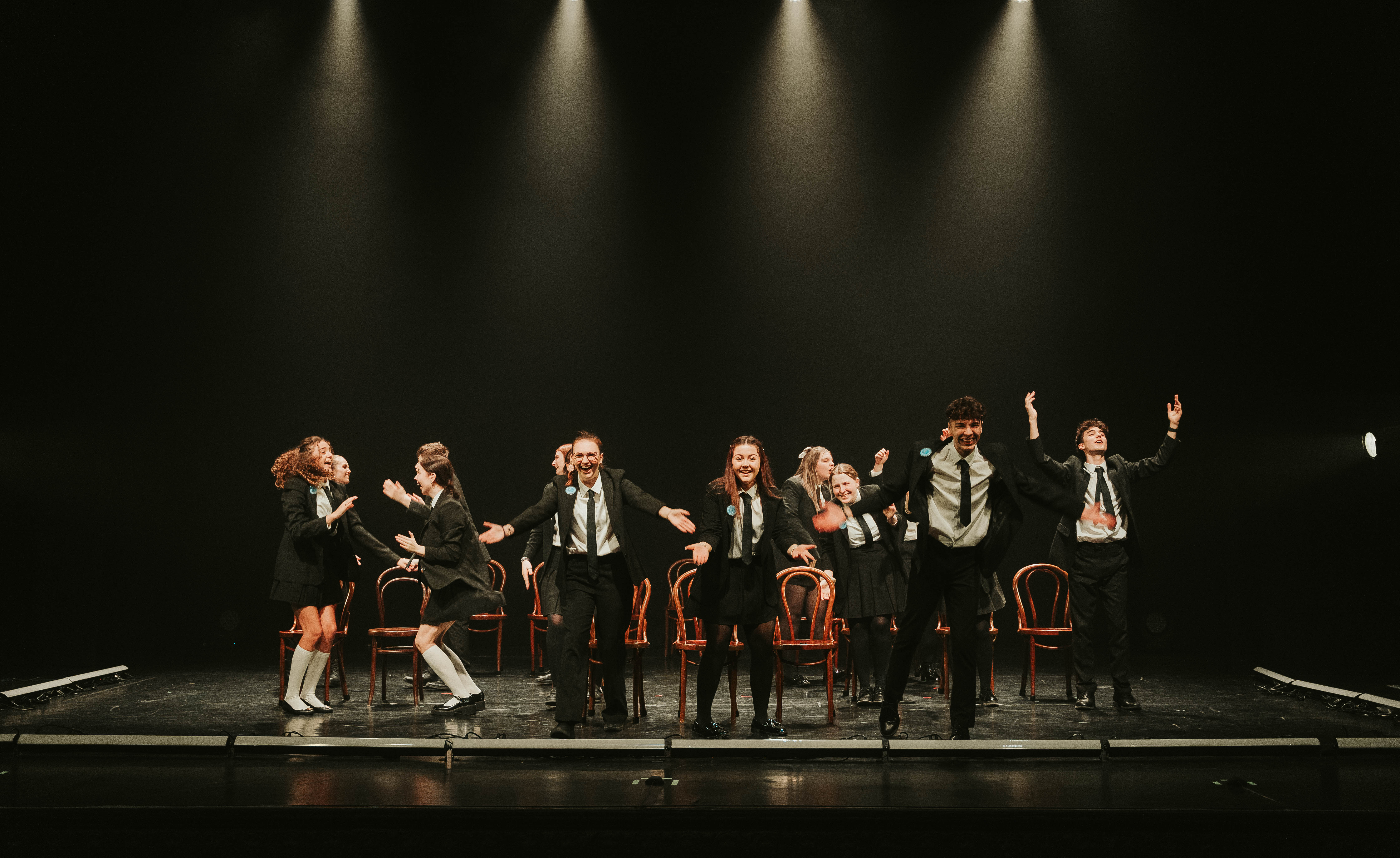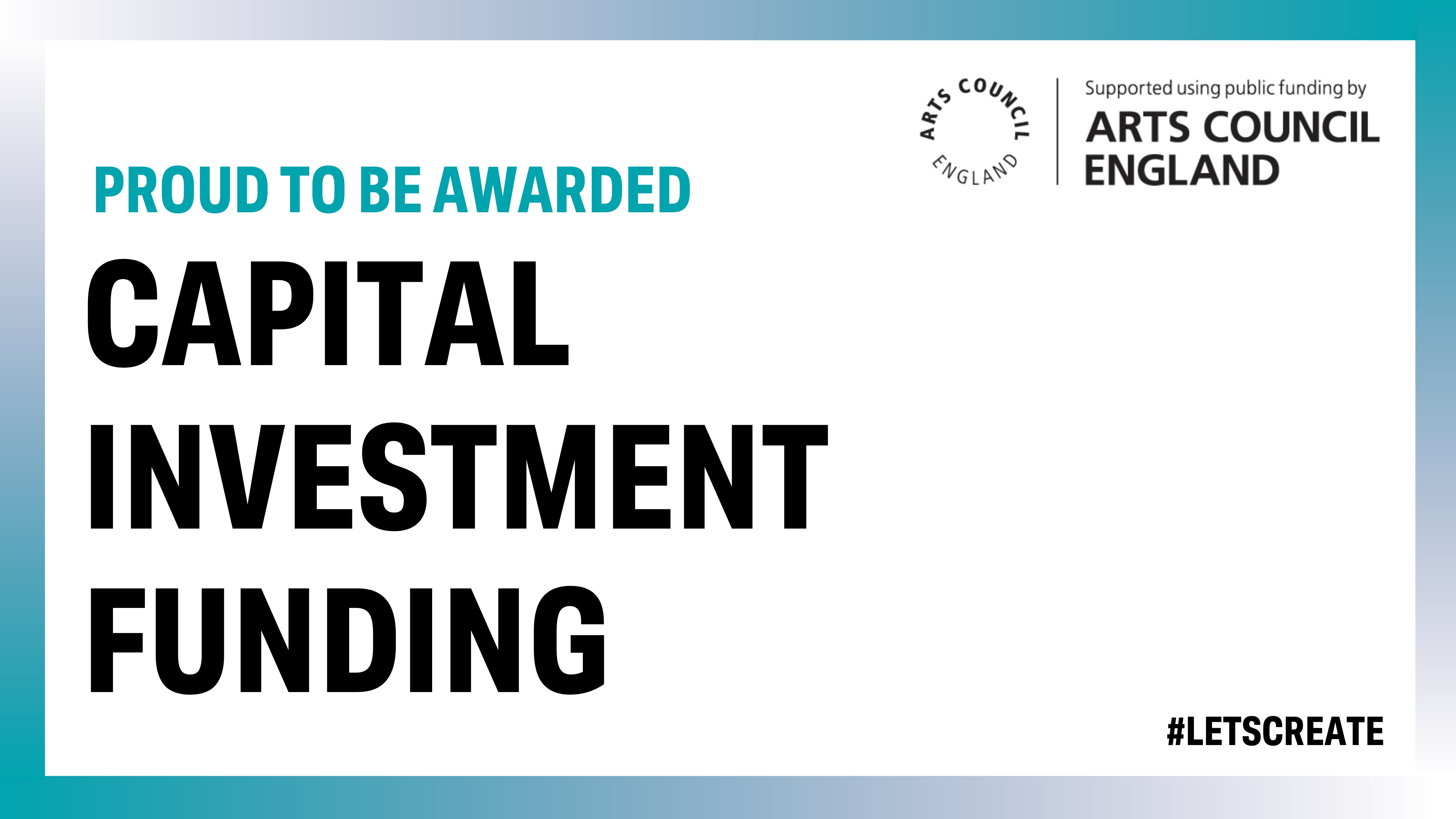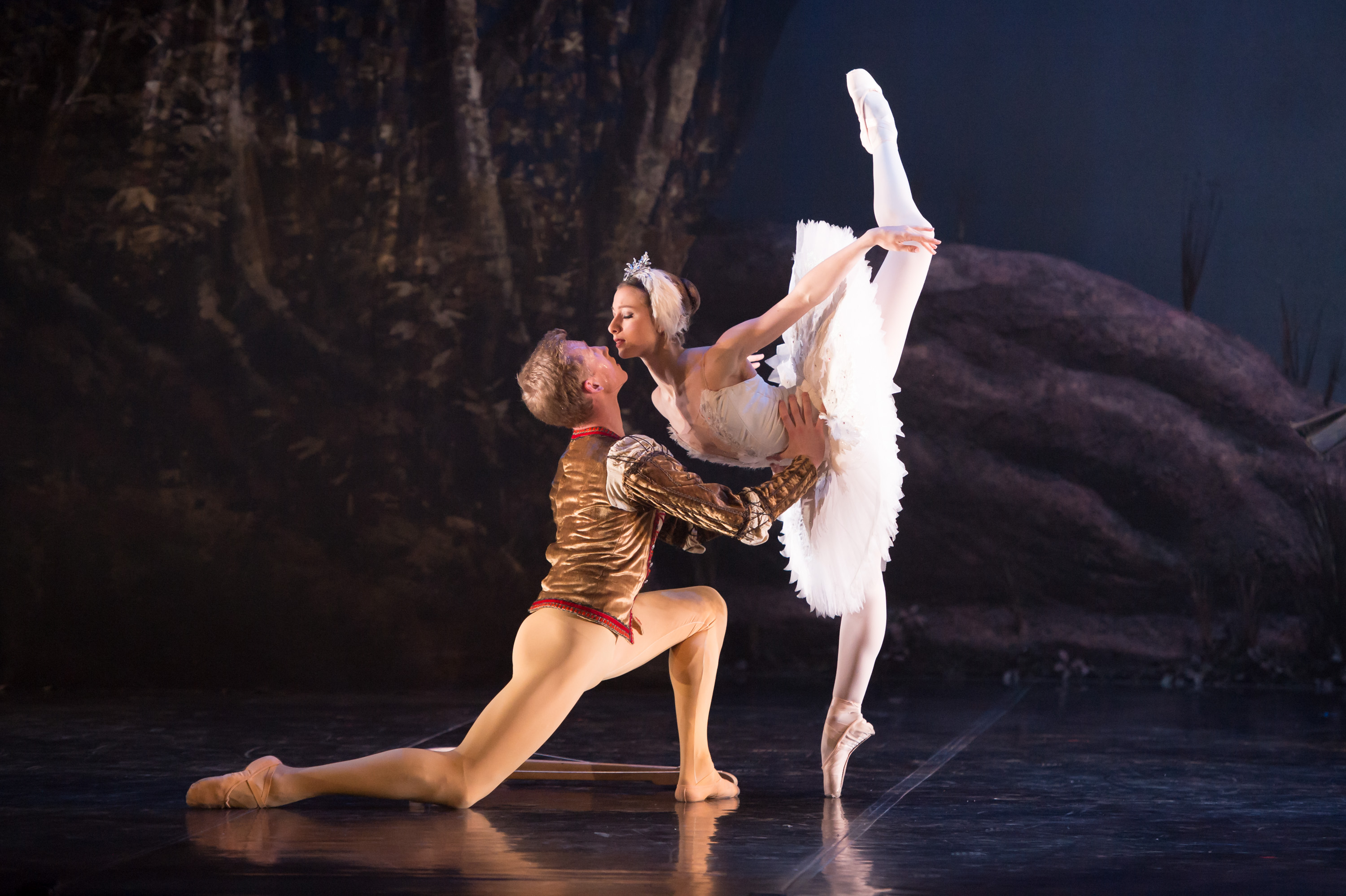
The Different Types of Ballet
6.7 min read
Share
Considered to be the most graceful dance form, ballet is the foundation for all dances. Accompanied with posture and balance that needs to be mastered to perfection, different styles of ballet have evolved through beautiful and graceful movements still used to this day.
With a history that spans centuries, countries, and continents, ballet has had years and years of experimentation and artistic inspiration to establish the methods and styles that modern dancers are taught. Across the world, there are six main styles of ballet that are taught and studied.
Styles of Ballet
Classical
Based on both traditional vocabulary and technique, classical ballet is one of the early styles which reached its peak in the 19th century in France and Russia. Its main characteristics are how orchestrated and story-driven the ballets are, with both fantastical costumes and sets. Pointe work, symmetry in dancers, and graceful expressions are emphasised.

Examples of classical ballets:
‘Swan Lake’ at Blackpool Grand
‘The Nutcracker’ at Blackpool Grand
Neoclassical
Neoclassical ballet evolved from classical ballet, distinguishing itself for typically being abstract. The music of choice tends to be neoclassical as well, from musicians such as Roussel and Stravinsky. 1928’s ‘Apollo’ by George Balanchine is often highlighted as one, if not the first, most notable neoclassical ballets.
It focuses on athleticism and strong moves with a touch of risqué in physicality. George Balanchine was the choreographer who invented the Balanchine method, which is mostly used in the United States.
An example of a neoclassical ballet is ‘Astarte’, by Robert Joffrey.
Contemporary
Taking inspiration from classical ballet elements and adding modern techniques of jazz and other dance forms, contemporary ballet focuses more on athleticism and bigger and swifter tempos. Unlike neoclassical ballet, however, it adds acting and complex plots to dance, with a lot of floor work and turn-in of the legs.
Experimentation and creativity are two main points, driving the audience to think upon the aesthetic lines the body conveys and the power of movement. It’s thought that William Forsythe is the main innovator in this style of ballet, with works such as ‘In the Middle’.
Performed barefoot, this style of ballet is, according to Dance Magazine:
“Anchored in the old, hungry for the new.”

Romantic
Drama, emotion, and a strong storytelling are behind romantic ballet. Emerging in the 19th century, the style was marked by the development of pointe work, long and flowy tutus to signify softness, female dancers’ predominance, and a delicate aura.
This style is based on the perceived conflicts between both good and evil, beauty and ugliness, fantasy and spirit and flesh realism. Many famous romantic ballets are centred in spirit women, such as wilis, sylphs, and ghosts.
Examples of romantic ballets are ‘Coppélia’ from 1870 and ‘La Sylphide’ from 1827.
Technical Methods of Ballet
Shifting, changing, and adapting throughout history, ballet has embraced many cultures and traditions to evolve. Still taught across the globe, many schools and methods have been established with differences in style and characteristics.
Some examples of traditional methods of ballet include:
Bournonville Method, Danish Style
Developed by August Bournonville, the Bournonville method derives heavily from the French method. His father, Antoine Bournonville, and other famous French ballet masters provided him with the training that inspired him.
This method is characterised by:
- Diagonal épaulements, in which the body turn towards the working foot
- Basic use of arms
- Pirouettes from a low developpé position into seconde
- Fifth position bras en bas for both beginning and end movements
- Beautiful ballon (“the illusion of imponderable lightness”)

French Method, Modern Codified Technique
As the basis for all ballet styles, the French method had its roots in the 17th century Académie Royale de Danse, created by Louis XIV. Rudolf Nureyev revitalised the French school in the 1980s, helping to shape ballet while adhering to the codified technique still used in modern times.
The épaulement and the port de bras are performed in a more rounded way than in the Vaganova method but less rounded than the Bournonville method.
This method is characterised by:
- Fluidity
- Elegant and clean lines
- Technical precision
- Gracefulness
- Fast footwork
Cecchetti Method, Italian Style
Dating back to the early 20th century, the Cecchetti method is internationally renowned due to the resilience of the understanding of anatomy in relation to classical ballet. It instils the important elements of the performance of ballet into its students to remove reliance on imitation.
In this method, all parts of the body work and move together for the creation of graceful and beautiful lines, which elements such as:
- Ballon
- Elevations
- Balance
- Strength
- Poise
- Eight port de bras

Balanchine Method, American Style
Leaning towards the neoclassical style, the Balanchine method tends to focus on the dance itself and not on a story plot. Developed in the New York City Ballet school, the Balanchine method draws inspiration from Russian ballet.
Dancers of the Balanchine method often have flexed hands, and sometimes flexed feet, which are positioned in off-balance positions. This method is characterised by:
- Deep pliés
- Extreme speed
- Athletic dance quality
- Pirouettes en dehors from a lunge in fourth position (with a straight back leg)
Vaganova Method, Russian Style
Russian ballet dancer, Agrippina Vaganova, created the Vaganova method in the 20th century. This method is internationally recognised, marked by the fusion of the soulful passion of Russian ballet, the classical French style, the athleticism of the Italian method, and elements of the Romantic era.
Her book Basic Principles of Russian Classical Dance, published in 1948, outlines how students should be taught the different technical components throughout their careers. The Vaganova method focuses on the proper performance of ballet by giving equal importance to both arms and legs in performances with:
- Flexibility
- Strength
- Endurance
Royal Academy of Dance Method, English Style
This English style dates back to 1920, established by Karsavina, Genee, E Espinosa, Richardson, and Bedells. It promotes academic training in the classical style, including 10 grade levels that much be moved through before the training is complete.
This method highlights that basic ballet technique needs to be learned at a slow pace. This translates to a much slower progression in difficulty than other methods. Through the perfection of basic steps, students are expected to be able to use harder techniques much easily.
This method is characterised by:
- Free movement
- Character dance
- Incorporation of classical ballet
- Merging of the French, Cecchetti, Vaganova, and Bournonville methods

Basic Ballet Terminology and Meanings
Ballet terms present in this article:
- Plié. This movement involves dancers bending their knees and straightening them again, with the heels firm on the ground and feet turned right out.
- Ballon. Meaning ‘to bounce’, it refers to ease and lightness in jumps, describing their quality instead of height.
- Ėpaulement. Simply put, an épaulement is a pose in which ballet dancers stand at an angle to their audience. Translated as ‘shouldering’, it refers to the position of the shoulders to the body’s lower half.
- Port de bras. ‘Movement of the arms’, involving how dancers move their arms between positions.
- En dehors. Translated to ‘outward’, en dehors are added to other ballet steps. They describe the direction that steps should move in. a pirouette en dehors simply means that ballet dancers need to turn in an outwards position, away from their supporting leg.
- Pirouettes. In ballet, pirouettes are spins dancers make when they turn around one of their legs and the other is off the ground and in a position.
- Pointe. Dancing on the tips of the toes, used in both classical and contemporary ballet.
- Developpé. ‘To develop’ or ‘developing movement’, a developpé involves a working leg being drawn up to the knee of the leg supporting the dancer, and then extended to an open position.
- Into seconde. Often means that the ballet position, usually classical ballet, needs to be done with the feet placed in the second position or a step should be done ‘to the side’.
- En bas. Translated to ‘low’, when the arms need to be in a low position.
Ballet still invokes powerful emotions from dancers and audiences alike, providing stunning performances by talented dancers. Make sure to contact us on 01253 290190 if to know which ballets are coming to the Grand – you won’t want to miss them!


